|
Georg Brask - Woodcarver
Between 1934 and 1956 Georg was working as a woodcarver.
The year he began carving Georg's father had passed away. Georg was 16 years.
He now had the responsibility of running the farm and one can assume he had great help from his uncle David, who lived in Myra.
That Georg now began woodcarving was perhaps to pass the time and thoughts, or perhaps simply because he now spent more time with Uncle David.
David had painted pictures in younger days and then switched over to carve in wood and made particular sculptures of men in the Blomskog-area. An example of this is on the front of the Mossberg-books.
But David did not give Georg any lessons in woodcarving, as well as Georg, his uncle David was self-taught. Although, of course, Georg had the advantage of having a role model to emulate.
Among the first Georg did was this chessboard with pieces. He also made this wooden barrel with the house in
Kalvlund.
 
David; a selfportrait, ca 1900 Georg; a selfportrait in black lead, 1938


Unknown woman, probably from some magazine.
A portrait of Irma, ca 1938. Black lead by Georg Brask Black lead by Georg Brask, 1938
 
Georg searched for inspiration and ideas from books and magazines In the Encyclopaedia book "Nordisk familjebok" were colored drawings of people from different parts of the world that he depicted ;
 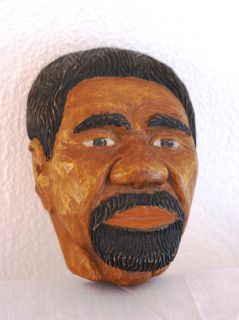
Down to the left is a model of Adamsson, a comic character created in 1920 by Oscar Jacobsson. The comic was also published in USA, where it was called Silent Sam and Adamsson's Adventures.
  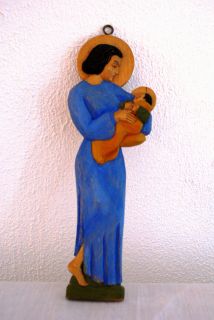
In the middle a discus thrower, who is likely done after photograph of some contemporary idrottman. The Madonna and baby Jesus are painted in unusually strong colors, another variation on this theme is at the top of the page.
In the late 1930's Georg took a number of courses in drawing. 
Pencil drawing in ink.
 
In 1939 Georg took a course in watercolor painting and washes. Above are two examples of the latter.

Above are portraits of King Gustav V and to the right Prime minister Per-Albin Hansson.
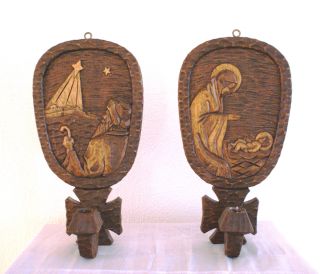
What started as a leisure activity soon became a source of income. Just two years after Georg had begun woodcarving, he began to sell his work. Orders came from people in the district, they wanted sconces, bowls, ashtrays, candlesticks, etc.
  
Two different types of candle holders, those on the left are shaped like tulips. On the far right one with
the Värmlands coat of arms.
 
Georg made bowls in a variety of sizes and shapes.
The flowers on the bowl below is the kind of Narcissuses that still grows in Östistugas garden.
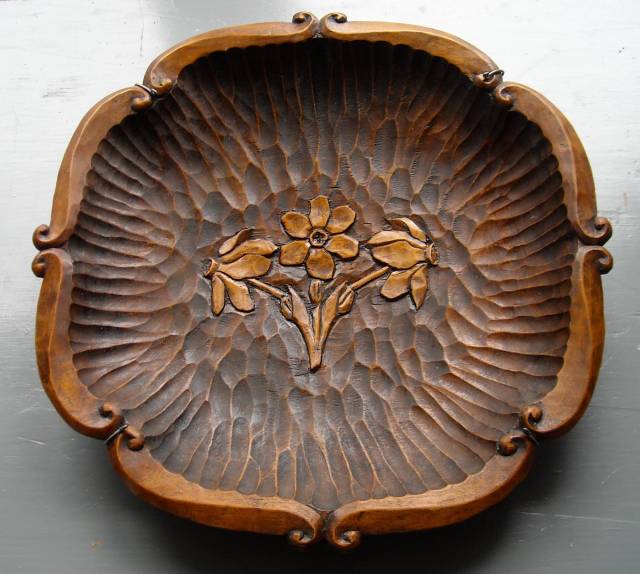
Troll
Georg had left some trolls on display at Svensk hemslöjd. They already sold the works of Georg through their stores and after obtaining the trolls and immediately sold them, they sent orders for more. Trolls quickly grew in popularity and in the late 1940's, they accounted for about half of Georgs production.
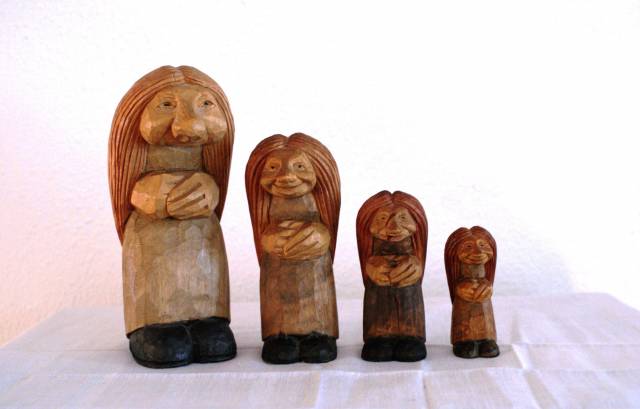
Troll-women in different sizes.
 
Above is an example from one of Georg's sketch books of how he tried his way to find different types and expressions
for his trolls. To the right a letter opener and a pieces that was never carved.
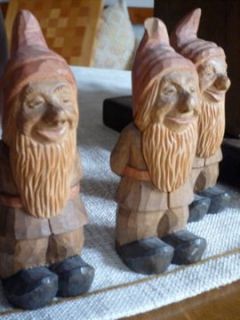 
Trolltomtar, thanks to Brita Svanqvist for the picture. Thanks to Kim Benson-Hagerman and Tom Zarle.
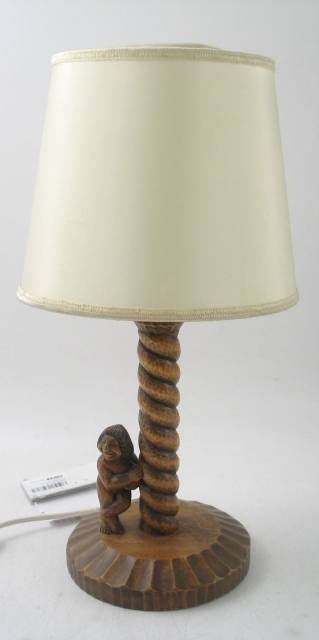 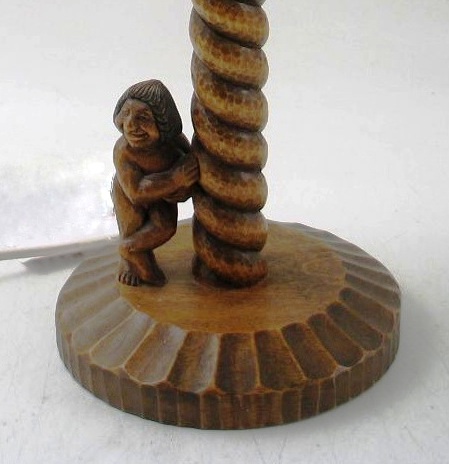
This table lamp was sold at an auction firm in Stockholm 2011. It is most likely made by Georg Brask. The troll have the haircut Georg often gave his trolls and the base and pillar of the lamp is very typical Georg's style. Unfortunately I have not been able to reach the buyer to get confirmation of the lamp being signed GB and year as Georg always did.
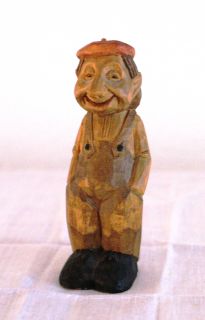  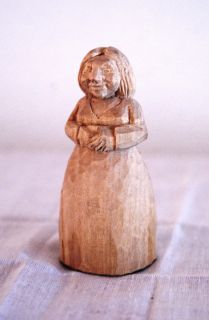
Troll-woman on the far right did Georg in 1985 when he again took up his woodcarving. He had stopped in 1956 when he quit running the farm in Kalvlund and moved to Sala. About 30 years later, in retirement, 68 years old, he started again. But he was not happy with the results, which are difficult to understand when you see the troll above, and he stopped again after making a few letters openers and trolls.
 
 
Sometime during the war years in the 1940s was Georg sent some carved objects as Christmas gifts to his cousin Eva Brask in Attleboro, Massachusetts. Eva then ordered more items from Georg to in her turn give as gifts. This resulted in more people wanted to buy the subject of Georg and Eva picked up orders which she sent to George. Eva wrote by letter to George the objects and the number that she has received orders for and also brokered payments. Swedish-Americans from Blomskog and the surrounding area also purchased items from Georg when they visited Sweden, which they then took to their new homeland.
Such was the case with some of these objects, photographed against a blue background. They belong to Tom and Nancy Zarle, Iowa, USA. Nancy's father Nils Larsson had emigrated 18 years old from Gustavsfors, Dalsland, to Attleboro, MA.
The trolls have Nils purchased by his cousin Eva Brask and his sister in Sweden Karin Dalsvall. Nils had also bought trolls at one of his trips to the old country.
Nils himself took up the art of carving in wood after he retired. He also encouraged his son-in-law Thomas Zarle to start carving. See examples of Tom Zarles jobs by clicking on the link in the right edge of the page.
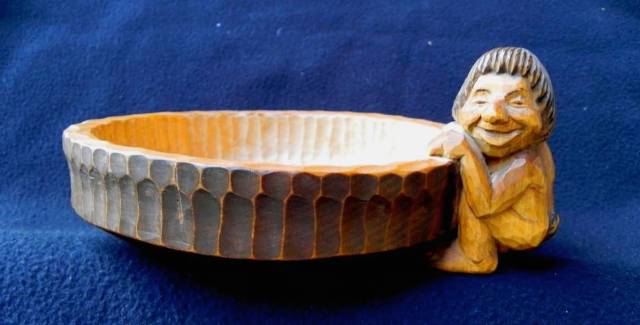
  

In 1952, gave the Värmland parishes items of huge variety to the American Swedish Institute in
Minneapolis. The idea was to convey the memory of what the relocated Värmlänningarna - and other Swedes
- had left. The Värmland Gift would also inspire further contacts across the Atlantic. The large object collection has
also become the backbone of the Swedish-American Museum and Visitor Centre since then.
Blomskog chose trolls of George Brask as their gift.
|
Värmlandsgåvan
In 1952 all parishes in Värmland subjected gifts to the American Swedish Institute in Minneapolis. The Blomskog parish decided that their gift would be carved figures by Georg Brask.

-------------------------------------
The exhibition “Wit in Wood: Nordic Figure Carving”
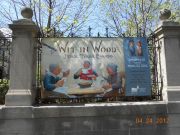
-------------------------------
Photos if not otherwise stated ; Emma Brask
Photos of trolls agains blue background;
Thomas Zarle.
Paintings and sketches scanned by Lars Brask.
---------------------------------
Harley Refsal
Professor of Scandinavian Folk Art vid Luther College, Decorah, Iowa, USA.
Harley Refsal is an internationally recognized figure carver, specializing in Scandinavian flat-plane style of woodcarving.

In the book "Whittling Little Folk" , Harvey tells about how he on one of his courses was shown figures made by Georg Brask. It was Tom Zarle, one of the course participants who had brought them.
Harley Refsal describes how he and the course participants were inspired by the figures by Georg.
Harley Refsal on Wikipedia»
Harley Refsal - Biography
------------------------------------------
Tom Zarle»
Was inspired by his father-in-law, Nils Larsson from Gustavsfors, Sverige to start woodcarving. Read more and see works by Tom by clicking on the link above.
------------------------------------------

|